US media: China created "top-level side guards", and the combat effectiveness exceeds Su-35, which will not replace the J-11B
Author:Military and military talk Time:2022.06.19
Recently, two very interesting photos appeared on the Internet. The first photo is the official photo taken by AVIC. However, if you look closely, you will find that in the lower left corner of the photo, a ejection-15 carrier-based aircraft appears, which not only uses a light-colored radar cover, but also cancels the air-speed tube on the tip of the nose. A little bit on the right, the fi-35 stealth carrier-based aircraft appeared. In a photo, there are three Chinese fixed wing carrier -based aircraft at the same time.
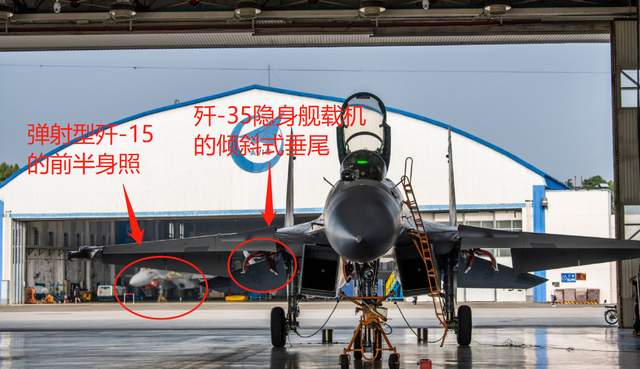
Subsequently, another photo of the J-15 carrier-based aircraft appeared on the Internet. Judging from the armrest cover of the flight cockpit, this is indeed a ejection J-15. Although this photo is only the first photo of the ejection-15 carrier-based machine, and the filter is added. However, it can still be seen that the nasal nose cancels the air-speed tube, which means that the ejection-15 carrier-based aircraft does use the active phase-control array radar.

At the same time, the ejection-15 carrier-based aircraft appeared this time. Its radar cover interface is as inclined as the J-10C fighter and the J-11D fighter. This also means that the carrier-based phase control array on the ejection-15 of the ejection-15 is tilted, which can accommodate the source phase of the vehicle with a larger size in the case of unchanging area of the nasal nose. Control radar. The J-15 itself is the foundation of a heavy machine. The airborne phase control array radar is arranged in a tilt layout. In this way, its overall detection capacity is even stronger.
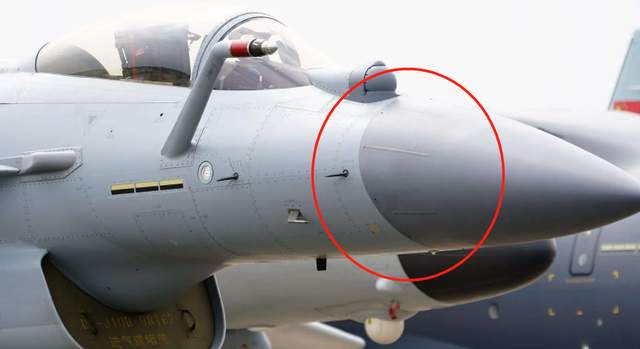
The active phase control array radar of the J-10C fighter is also tilted
The two eject-type J-15 carrier-based aircraft also attracted the attention of the US "Milital Watch" website. The US media believes that this new ejection-15 carrier-based aircraft is the always-15B carrier-based aircraft. In addition, from the current photos, for China, the J-15B is not only a ejection carrier-based aircraft, but also the continuation of the J-11D fighter that died halfway. The overall combat effectiveness has exceeded the Russian Soviet-35 fighter, which can be called "top-level side guard".

The original J-11D fighter was placed on huge expectations and was once called "Chinese version of Su-35". Its main design goal is to replace the J-11B and J-11BS fighters, and formed a powerful fourth-generation non-stealth heavy aircraft unit for the Chinese Air Force. But as the J-11B began to gradually upgrade to the J-11BG, and the current emergence of the J-11B fighter. The US media believes that the J-11D fighter will no longer appear, nor will it replace the existing J-11B group.

In this way, the current J-15B fighter is still different from many previous speculations. Prior to this, because most of the views believed that the ejection J-15 fighter aircraft would be deployed on the "Fujian" as a mixed manner with the J-35 stealth carrier. Therefore, the subconscious classification of the J-35 stealth carrier is classified as an air superior fighter, and the ejection-15 fighter is classified as a sea/opposite attack fighter.
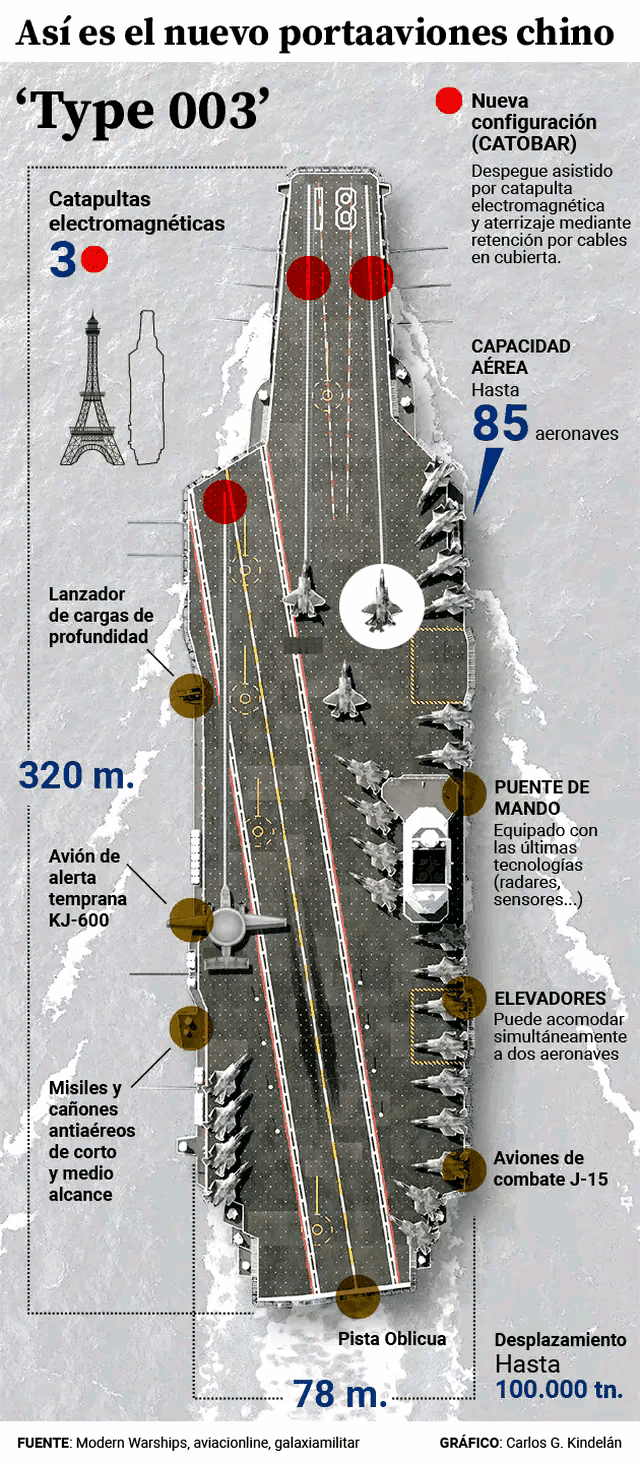
However, the exposure of the J-15B carrier-based radar inclined incision is upward. In addition to the above-mentioned more active phase-controlling array radar that can be installed in the above. When performing low-altitude penetration, the J-15B can still have a fairly good effect on air observation. Therefore, the J-11B carrier-based aircraft, like the J-11D fighter, should still be a heavy single-seater air superior fighter.
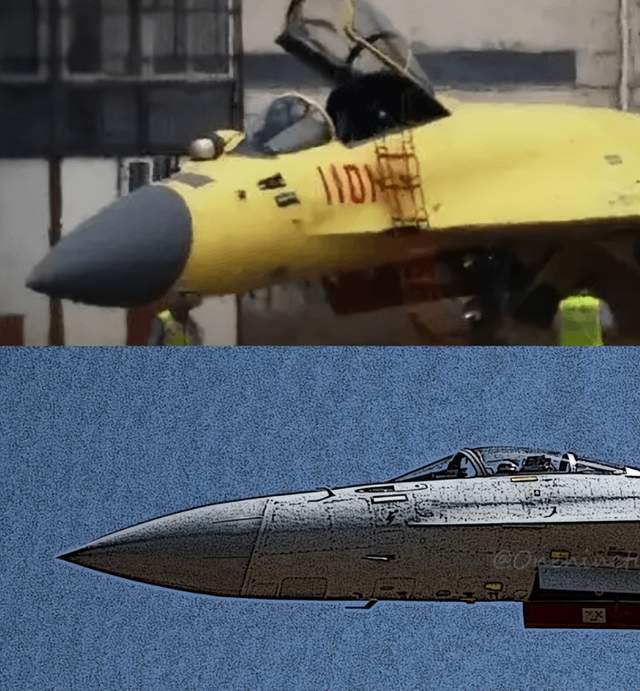
Don't think that this just simply changes the installation angle of the downloading radar. For fighter jets, especially heavy air superior fighters, the weight and installation location of the airborne radar will have the impact on the fighter when the fighter is overloaded. It is very big.
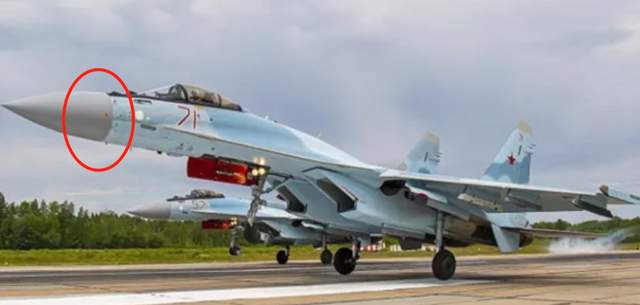
The radar cover of the Su-35 fighter is also conventional
Russia's "side guard" series fighters, from Su-27 to Su-35, have not adopted this kind of tilt radar layout. At present, this solution has been adopted for China's J-11D and J-15B. Considering that the Radar cover of the J-20 is the same. Therefore, the US media believes that the J-15B fighter is likely to use the same active phase-control array radar transplanted from the J-20 stealth fighter.
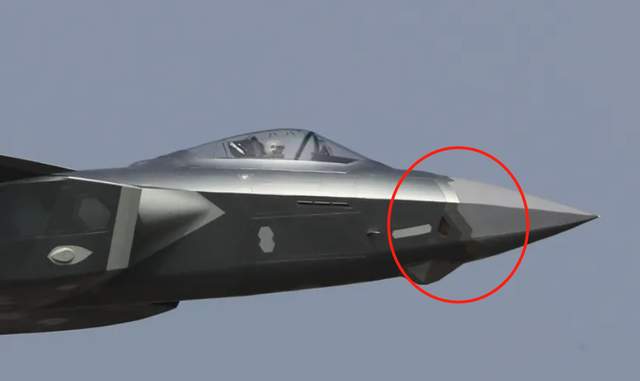
The Radar cover of the J-20 is also tilted upward
Previously, according to the official data of AVIC, the maximum take-off weight of the sliding-15 carrier-based aircraft was 32.5 tons, the maximum flight speed was 2.4 Mach, the practical lifting limit was 20,000 meters, and the range was 3500 kilometers. However, due to the restrictions of the two ships of "Liaoning" and "Shandong", it is difficult to fully exert their performance.

After the "Fujian" aircraft carrier equipped with electromagnetic jets was served, in the case of remained unchanged in the fuel tank of the body, the J-15B carrier-based aircraft will have at least 1,500 -1700 kilometers of maritime combat radius. In this way, the "Fujian" aircraft carrier can not only have as far as possible attack radius, but also establish a number of three -dimensional offshore air defense interception circles when fighting in ocean.
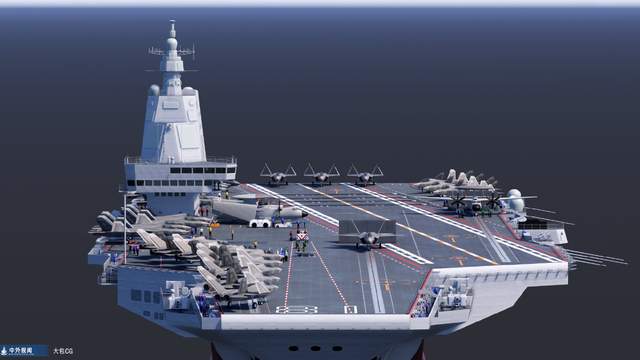
In addition to being able to attack in a "full oil and full hanging", because the J-15B carrier-based aircraft is equipped with a active phase-control array radar, it will be able to mount the performance more when performing an air superior combat task. PL-15 mid-range air-to-air missiles and long-range air-to-air missiles with farther range are not needed to mount PL-12 mid-range air missiles like the current sliding-15 carrier-based aircraft.
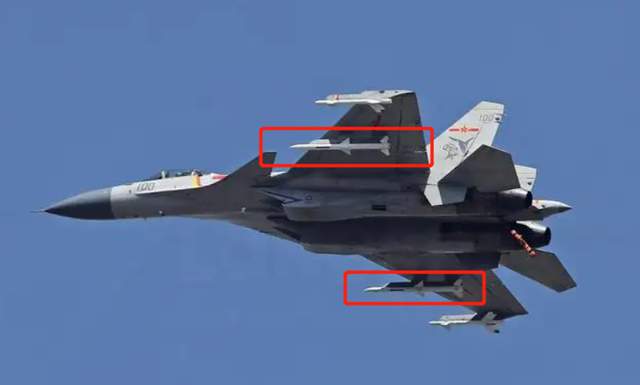
PL-12 mounted by slippery Jump-15
Of course, in the invisible places, the probability of the J-15B carrier-based aircraft has also been upgraded. The original J-11D fighters intended to install a new digital three-axis four-meter electrical control system, a new generation of infrared imaging photoelectric detection system, optical fiber data bus and a comprehensive electronic warfare system. Although the J-11D fighter is dismissed, Shen Fei will not waste these R & D results, and it is inevitable to apply it to the J-15B carrier-based aircraft. On the whole, the J-15B carrier-based aircraft has formed a significant technical advantage in terms of performance in terms of performance. Both the avionics system and the maneuverability can suppress the latter, and with the help of a large diameter vehicle carrier-based phase control array radar, even in the face of the F-35C stealth fighter, the J-15B still has a face-to-face playback ability.
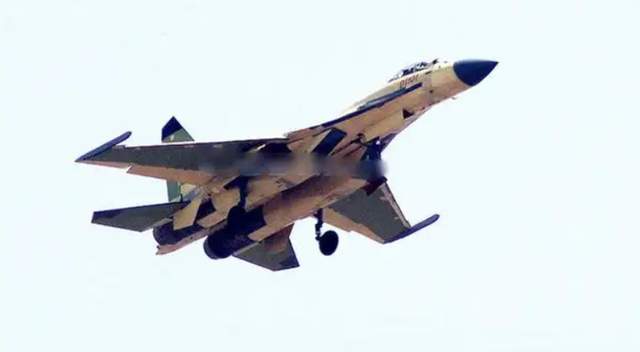
In this way, in the case of the F-35C stealth carrier-based aircraft, the J-15B aircraft group was able to organize multiple offensive forces to break through the air defense interception circle established by the "Super Hornet" carrier-based aircraft. , Attack the U.S. aircraft carrier.
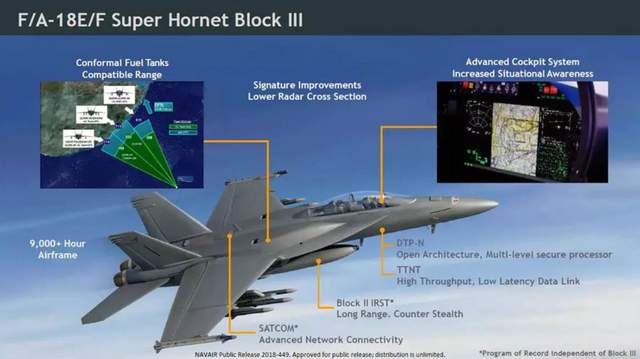
Picture source network, invading deletion.
- END -
27 military schools, start enrollment!
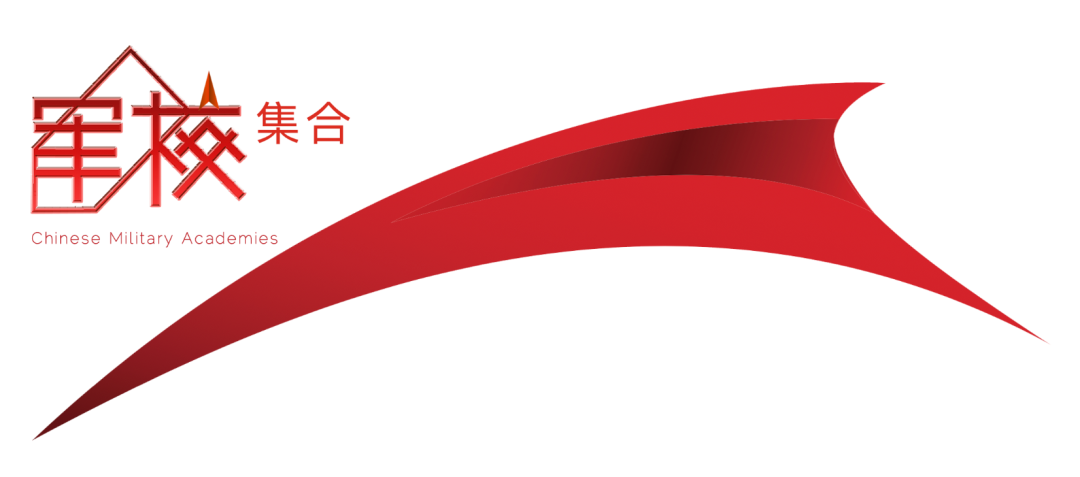
Source: Military Academy AdmissionsFor a period of timeThe enrollment information ...
Ask "Flood" 2022 丨 Preparing for the flood season of a regional emergency rescue base
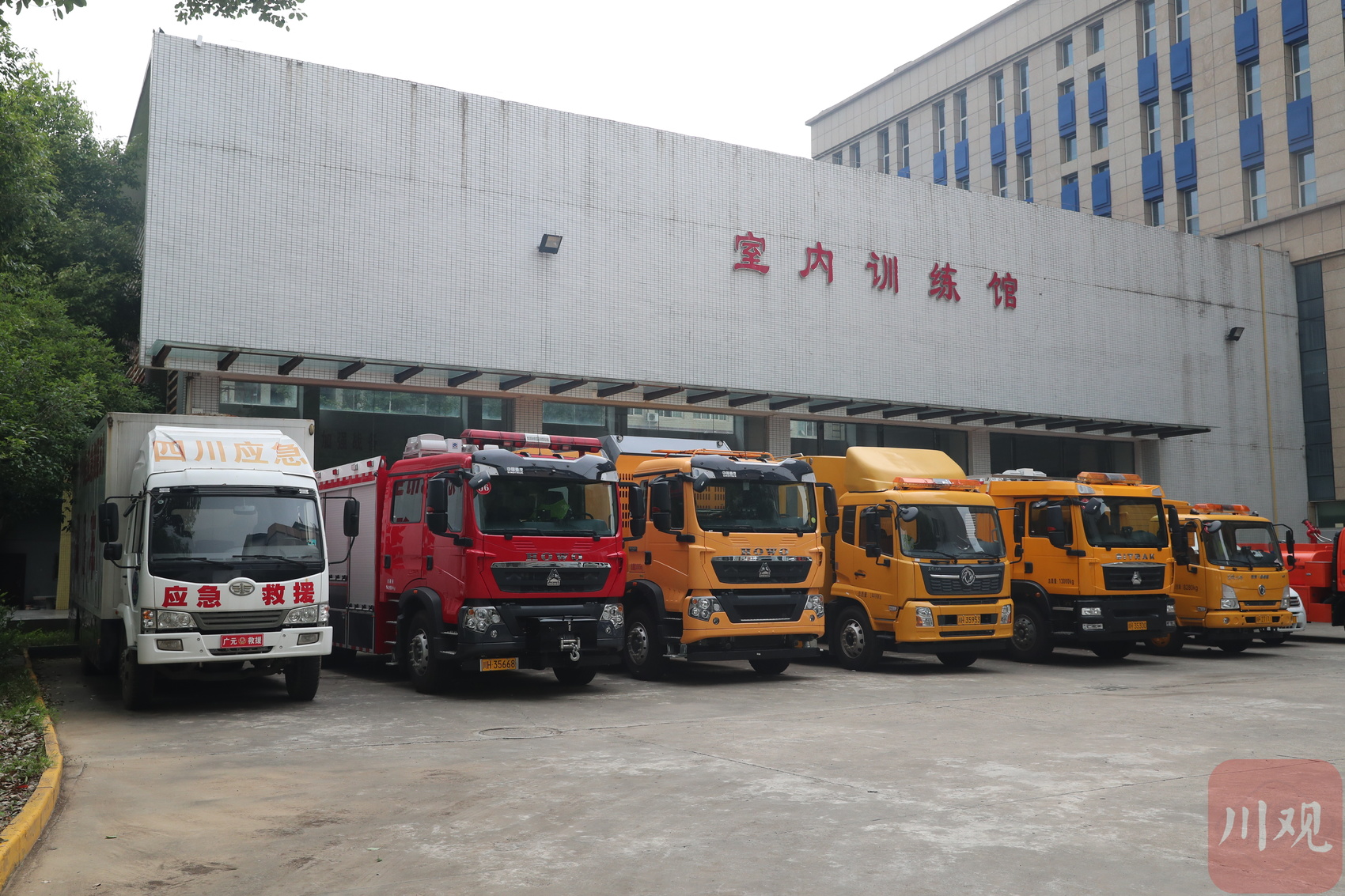
Chuanguan News reporter Zhao Rongchang Photography Report【Flood Review】In recent...